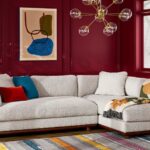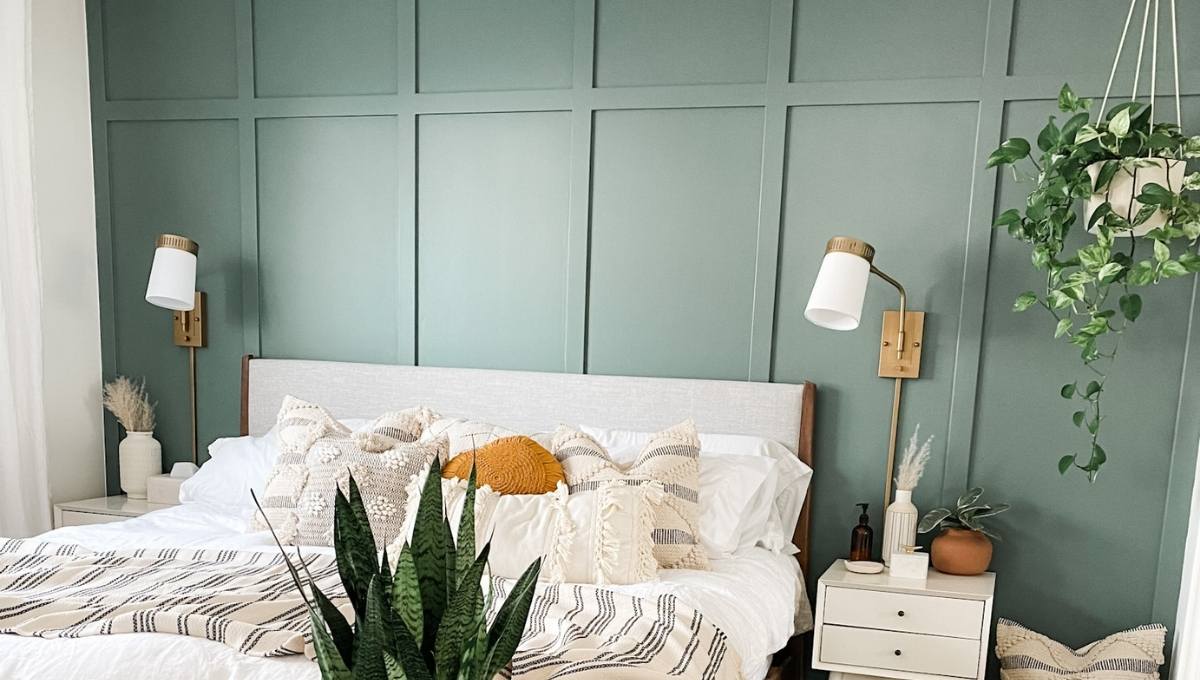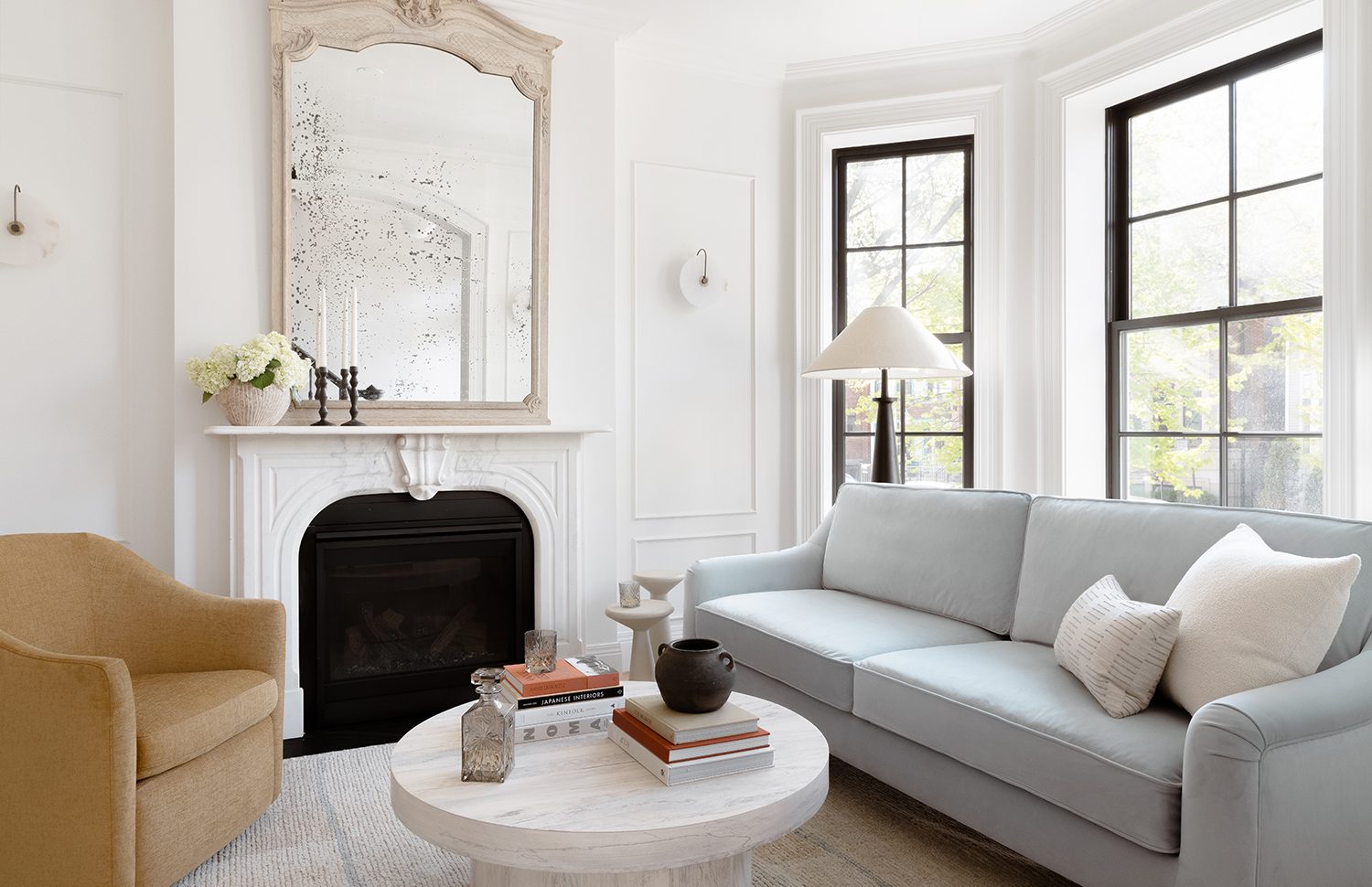It was a rainy afternoon when Sarah and her family moved into their new home—a charming 1950s ranch house in the suburbs. The house was full of character, but one thing felt off to her: the walls. They were flat and unremarkable, offering no texture or dimension to match the home’s cozy charm. After hours spent browsing design magazines and scrolling through Pinterest, Sarah stumbled upon a photo of a room with a crisp whiteboard and batten walls. It was simple yet elegant, with clean lines and just the right architectural detail. That was it—the design element that would transform her home.
Board and batten, a classic architectural treatment often associated with farmhouse and cottage-style interiors, quickly became popular in traditional and modern homes. It’s a design that combines functionality and beauty, adding texture, depth, and a sense of history to any room. Over the years, board and batten has also evolved, finding its place in contemporary spaces.
This article explores the enduring appeal of board and batten wall treatments, why they’ve become popular in interior design, and how to incorporate them into your home. From their origins to their resurgence in modern design, let’s dive into the world of board and batten walls and discover why they’re so timeless.
What is Board and Batten?
Board and batten is a type of wall treatment that combines wide wooden boards (the “boards”) with thinner strips of wood (the “battens”) to create a pattern of alternating vertical lines. This design often adds texture, dimension, and visual interest to a room. It’s versatile, working well in various styles—from rustic farmhouses to sleek, modern interiors.
The basic concept involves attaching wide panels of wood to the wall, with narrow strips of wood covering the seams where the boards meet. Historically, board and batten were used for exterior siding, particularly in barns and country homes, as it was a practical solution for protecting buildings from the elements. The batten strips helped to seal the gaps between the boards, preventing wind and rain from getting inside. Over time, the design was adopted for interior use, where it became a beloved architectural feature.
The History Behind Board and Batten Walls
Board and batten are rooted in medieval Europe, where they were used as functional and decorative features in buildings. During this time, it was primarily seen as boarded walls used to reinforce buildings. The vertical lines helped keep the structure intact while protecting against the elements.
In the United States, board and batten were popularized in the mid-19th century, especially in rural farmhouses. The style was cost-effective and practical, as it could be built with simple, readily available materials. The design’s rustic charm also made it ideal for cottages and country-style homes. In the 20th century, board and batten walls became a hallmark of American Craftsman and colonial architecture.
Today, board and batten is no longer just for farmhouses or historic homes. Thanks to its versatility and timeless appeal, it has made a resurgence in contemporary design. Whether used as an accent wall, wainscoting, or even to cover an entire room, board and batten add a classic yet modern touch to any space.
Why Board and Batten is Making a Comeback
Over the last few years, board and batten wall treatments have experienced a major resurgence in popularity. From traditional farmhouse-style kitchens to sleek, minimalist living rooms, homeowners and designers have embraced board and batten for its aesthetic appeal and versatility. But what’s driving this trend? Here are a few reasons why Board and Batten is making a comeback:
- Timeless Appeal
One of the main reasons for the resurgence of board and batten is its timelessness. Unlike some trends that come and go, this design element has stood the test of time. It’s simple yet sophisticated, and it works in various interior styles. Whether you’re designing a coastal-inspired bathroom or a contemporary home office, board and batten can be adapted to suit the room’s overall aesthetic. It adds character to modern spaces while remaining rooted in traditional design principles.
- Affordability and DIY-Friendliness
Compared to more complex wall treatments like intricate moldings or custom paneling, board and batten are relatively affordable and easy to install. A 2023 survey by HomeAdvisor found that the average cost of installing board and batten wall treatment in a standard room (12′ x 12′) ranges from $600 to $1,500, depending on the materials used. For homeowners looking to update a room on a budget, board and batten is an accessible option.
In addition, board and batten is an ideal project for DIY enthusiasts. Many homeowners are taking on the task of installing board and batten themselves, especially after watching tutorials online. According to The Spruce, a DIY project can save up to 50% on labor costs, making it a budget-friendly option for those looking to give their home a makeover without breaking the bank.
- Versatility and Customization
The board and batten can be customized to fit virtually any style. Homeowners can choose the size of the boards and battens, color, and finish. While the most common version of board and batten features vertical panels with evenly spaced battens, the design can be modified to suit different aesthetics. For example, homeowners may opt for slimmer boards or a more subtle paint color in contemporary spaces to create a sleek, modern look.
Additionally, board and batten can be used for more than just walls. Many homeowners incorporate it into ceilings, doors, and even furniture pieces, creating a cohesive look throughout the home. This flexibility has contributed to its growing popularity, as it can work in various interior designs—from modern to rustic.
How to Incorporate Board and Batten Walls Into Your Home
Whether renovating a single room or updating your entire home, board and batten can add a unique touch to your space. Here are some of the best ways to incorporate this timeless design element into your home:
- Accent Walls
Creating an accent wall is one of the most popular ways to use board and batten. Adding board and batten to a single wall can create a striking focal point that adds visual interest and depth to the room. This works especially well in living rooms, bedrooms, or entryways.
- Wainscoting
Board and batten can be used as a stylish wainscoting treatment, adding texture and dimension to the lower portion of your walls. This approach works well in dining rooms, kitchens, and bathrooms. You can create an elegant and timeless look by painting the board and batten it in a contrasting color from the upper walls.
- Full Wall Treatment
For a more dramatic effect, consider installing board and batten on all the walls in a room. This treatment works particularly well in larger spaces like dining rooms, living rooms, or hallways. It can make the room feel more cohesive and grounded when done correctly, giving it a polished, high-end look.
- Bathrooms
Board and batten are also great bathroom options, as they can add style and functionality. The design works especially well in half-baths or powder rooms, where the vertical lines can create the illusion of height in smaller spaces. Combined with classic bathroom fixtures like subway tile or vintage-style lighting, board and batten can give your bathroom a fresh, contemporary feel.
- Custom Touches
For those looking to take their board and batten walls to the next level, consider adding custom details like crown molding or integrated shelving. These elements can further enhance the design and provide extra functionality for storing books, towels, or decorative items.
The Growing Popularity of Board and Batten Walls
The popularity of board and batten walls shows no signs of slowing down. According to Houzz’s 2023 Home Design Trends Study, searches for “board and batten” have increased by 26% year-over-year, with homeowners using this style in kitchens, bedrooms, and bathrooms. This trend is particularly evident in suburban areas, where more homeowners opt for rustic, farmhouse-inspired interiors.
Social media platforms like Pinterest and Instagram have also played a significant role in the rise of board and batten. The hashtag #BoardandBatten has garnered millions of posts, with users sharing their DIY projects, tips, and before-and-after transformations. This online community has helped board and batten gain traction, making it one of the most popular design trends of the last decade.
Conclusion: Why Board and Batten Should Be Part of Your Design Plan
Board and batten is more than just a design trend—it’s a timeless technique that continues to captivate homeowners and designers alike. Its versatility, affordability, and aesthetic appeal make it an excellent choice for anyone looking to add character and charm to their home. Whether you choose to use the board and batten on a single accent wall or incorporate it throughout your home, this design treatment offers endless possibilities for creating a classic and modern space. So, if you want to bring texture, depth, and personality into your home, consider board and batten as your next design project.











